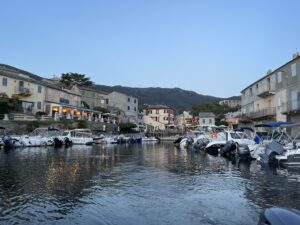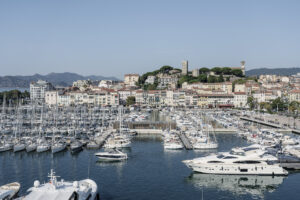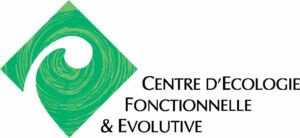Environmental DNA to compare fish biodiversity in ports with that in marine reserves and adjacent sites. et des sites adjacents #19

Biodiversity in ports and harbors remains poorly understood, despite recent studies showing the usefulness of ports and harbors during the life cycle of certain organisms. A French team involving researchers from the École Pratique des Hautes Études – PSL (EPHE-PSL) and the University of Montpellier, as well as the companies SPYGEN, Ecocean and Andromède Océanologie, has demonstrated using environmental DNA (eDNA), with the support of the Agence de l’eau Rhône Méditerranée Corse, that fish biodiversity in ports is as high as in natural coastal environments during confinement. However, the same fish species tend to be found in all harbors, whereas species composition outside harbors is more heterogeneous, suggesting a homogenization of biodiversity in harbors.

Mediterranean port @David Mouillot
The aim of this project is to increase knowledge of existing biodiversity in ports by sequencing the DNA contained in 28 water samples (eDNA) collected in 7 ports in the Mediterranean Sea, and identifying species using sequences present in reference databases.
The researchers then compared this biodiversity in the ports with that present in 10 sites outside the ports (5 of which were sampled in marine reserves before and during the strict confinement of spring 2020).
They detected 122 different fish species present in the ports, with an average of 65 species per port. Species richness increases with rocky substrate (e.g. La Ciotat harbor) versus sandy substrate, and harbor surface area (e.g. Cap d’Agde).
They identified 27 species unique to the harbors, in particular small, poorly mobile species such as gobies and blennies.
The average number of species per sample in the ports was similar to that in natural coastal environments outside the ports during containment, and higher than the number of species in areas fished outside the containment period. On the other hand, the variation in species composition between ports was lower than that between natural environments, suggesting a homogenization of biodiversity in ports.
This high fish biodiversity could be partly due to the use by coastal species of these artificial areas during their life cycle, where young recruits will try to settle. The greater homogenization of diversity between ports could be explained by the redundancy of habitats between ports.

Cannes harbor @A. Amoretti.
Stéphanie Manel, CEFE, University of Montpellier





